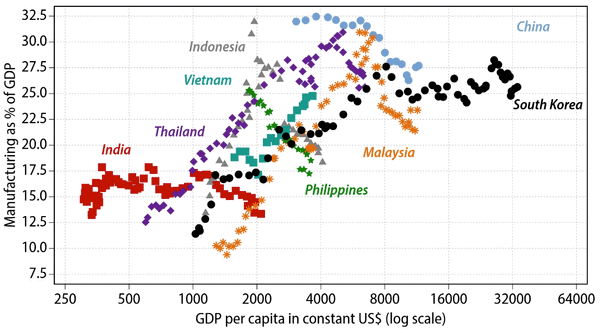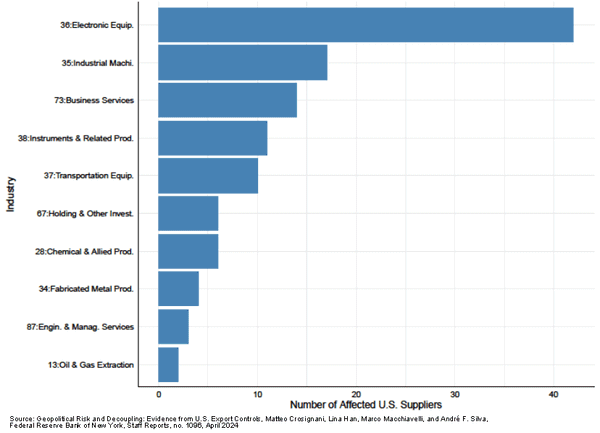Strategies Formulating EMS Manufacturing Contract Service Agreements

The electronics contract manufacturing service contract is an important component of outsourcing when original equipment manufacturing (OEM) executives are tasked with outsourcing their design or manufacturing.
The hardware manufacturing contract service level agreement is the most important document in the relationship between the electronics manufacturing services (EMS) provider and the OEM.
Not just an agreement between two parties, the service agreement provides the critical outline of the exchange between the vendor and customer. Sprinkled in are rules of engagement that detail the who, what, where, when and how much.
Formal contracts enable EMS providers to reassign the risk to the customer (OEM). Without a contract, the customer typically is not held liable for its forecast, so all purchasing and other spending by EMS providers is at their own risk and comes with limited rewards.
On the other hand, OEM companies are interested in mitigating supply chain exposure and risk while lowering costs for EMS manufacturing.
Well-managed EMS providers put significant internal forethought and discipline into determining the actual and anticipated costs of doing business with a potential OEM client well in advance of signing a contract service agreement.
Additionally, providers will also solicit input from various internal cross-functional groups such as process and test engineering, production, program management and finance. Individuals from these departments often have first-hand knowledge from working with similar technologies or products. This type of planning and input should be used to determine costs and help an EMS better manage its profits and margins.
SEE ALSO
EMS Manufacturer internal cost vs OEM quoted fees vs OEM target price
How to build costing modelers for contract electronic programs
When OEMs rush to an outsourcing endpoint against a tightly managed timeline few have the background or time to execute successfully. Often, an outsourcing contract is typically only as good as the intentions of the parties who formulate it.
The success of the OEM-EMS relationship is directly proportional to the amount of time invested and knowledge applied before the request-for-quote phase begins. Following RFQ, the initial stages of contract negotiations and the language of the service agreement are critical to the success of both parties.
Areas in which OEMs fail to emphasize enough during the contract development process include a common understanding of the language relating to the terms and conditions as well as cost reductions and how they will be passed on to the OEM.
Once the contract is signed, it should serve only as a periodic reference. If it is frequently being reviewed to contest terms the relationship is likely on a slippery slope. This is because one or both parties failed to perform due diligence beforehand.
Offshoring and outsourcing contract manufacturing agreement types
Agreed contractual pricing is a constant back-and-forth between EMS providers and customers. Whether discussing printed circuit board (PCB) assembly tooling costs or systems integration and fees for final testing, the critical element of success in any partnership is providing the EMS vendor a reasonable profit.
Without profit contract manufacturers lacks motivation and may make compromises in other critical metrics such as quality, product lead times and allocated staffing for customer programs which can can affect both EMS and OEM company performance.
Following the planning phase for contract service agreements, an OEM will typically receive a first draft from EMS providers. OEMs should keep in mind that even when outsourcing programs to EMS providers cost only a fraction of OEM in-house manufacturing costs EMS providers still make a profit-in many instances, more profit than the OEM is lead to believe.
This leaves room for greater savings and cost reductions if the OEM is patient, perceptive and persistent during contract development and negotiations.
Roughly 70-80% of all contract manufacturing agreements fall under four different pricing models:
- Fixed materials pricing
- Component cost pricing
- Cost plus pricing (fixed price)
- Return on invested capital pricing (ROIC)
Each of the four contracting agreement models above are based on the EMS provider's understanding of its cost structure and determining the true cost to support the OEM's program. At this point, the negotiations or pricing structures are simply exercises in determining which costs are revealed and the contract manufacturer's key financial measurement (profit margin or ROIC).
Fixed materials pricing
Fixed materials pricing locks in the material cost of goods sold (MCOGs) as a percentage of the OEM's product program revenue.
This model is simple for both parties and requires minimal overhead to manage because the EMS provider does not have to re-quote multiple build programs and requires no need to maintain resources and infrastructure. It is most suitable when the ratio of overhead (non-material) costs to material costs is fairly stable across all program families within a product. This also allows the EMS provider to easily negotiate with a good understanding of total costs.
This model is typically applied to OEMs with similar types of product lines, test structures and manufacturing volumes.
Component cost pricing
In component cost pricing, the provider determines the internal percentage costs across various components such as materials, materials overhead and direct labor. This allows the provider to determine the profit it needs to cover costs. The provider then works internally to improve its margins by lowering costs where possible. While relatively common, this model is often perceived by OEM customers as deceptive because it allows the EMS provider to hide the true cost. This model is ideal for OEMs with a mix of consumer products and mid-level and high-level technology products.
Cost plus pricing
In the cost plus pricing model, the provider openly discusses his pricing and quoting models and educates the OEM on all costs involved to run the customer's programs. Both parties agree on a fixed percentage of profit for the provider. This is typically perceived to be the fairest and most honest model because it allows partners to scrutinize and identify opportunities to reduce costs. This model can be applied to most product programs across various technologies.
Return on invested capital (ROIC)
The return on invested capital model, which is similar in scope to activity-based costing (ABC) practices, is designed around the equation as it pertains to the outsource provider's net profits. It is quite difficult to truly calculate what each element in the numerator and denominator really are on an ongoing basis. That said, the ROIC model is the most dynamic and the best choice for financially savvy partners to work together for mutual benefit.

In an ROIC equation above, component values can be changed to suit the provider's objectives for his return on invested capital target. Different parts of the equation can be increased or decreased without impacting the desired ROIC as long as give and take are monitored. For instance, the provider might be willing to accept less profit in exchange for accelerating a customer's payment schedule. As an alternative, the customer may requests its payment terms to be pushed to a later date in exchange for a larger profit margin.
Like cost plus pricing, this model can also be applied to most product programs across various technologies.
Don't get lost in the details
Manufacturing contract agreements that do not clearly fall into any one of the above models can incorporate a multitude of different elements. These contracts might involve pricing practices in which an OEM sourcing products from a provider for two years might pay a unit price equivalent to $X/unit. However, if the OEM engages with the provider for three years, the unit pricing may be lowered.
Other practices might include pricing the materials overhead differently for those with varying costs and availability. For instance, some components may include a markup of 10%; other more costly items may involve markups of 15% or more. In this example, markup is an outsourcing term calculated with a specific formula and should not be confused with a percentage increase in pricing that is given to the provider for covering his internal cost of doing business.
Most OEMs tend to select vendors on price alone, but practices in the medical device industry have shown to be an exception. Those OEMs with such a myopic view often engage in short-term vendor relationship because in many instances pricing may be below cost and is not sustainable.
The reality is that price per unit is important, but it usually does not reflect the cost of a dynamic business model (opportunity costs). EMS providers selections made on price alone are in neither party's interest. At the end of the day, the EMS provider must make a reasonable profit.
For the OEM, the challenge is to reach that balance without forcing EMS providers to walk away from the deal. In a sense, both parties want something neither can have. What happens in between determines how good the relationship will be.



